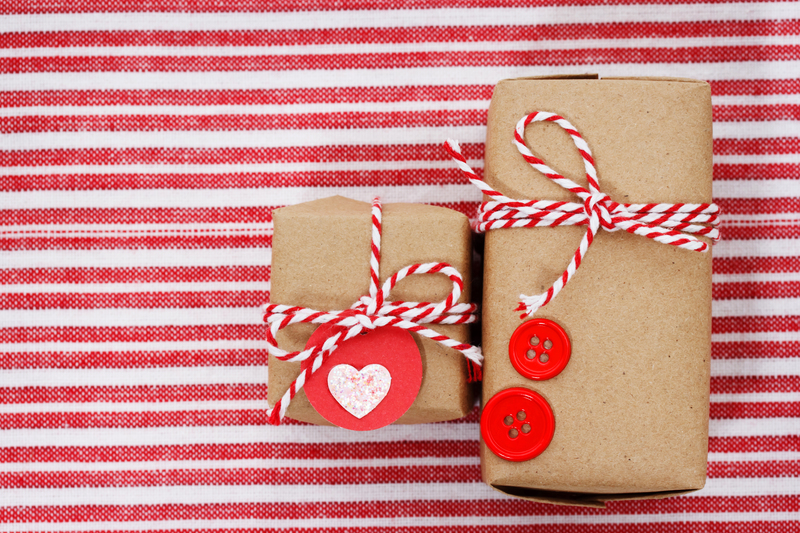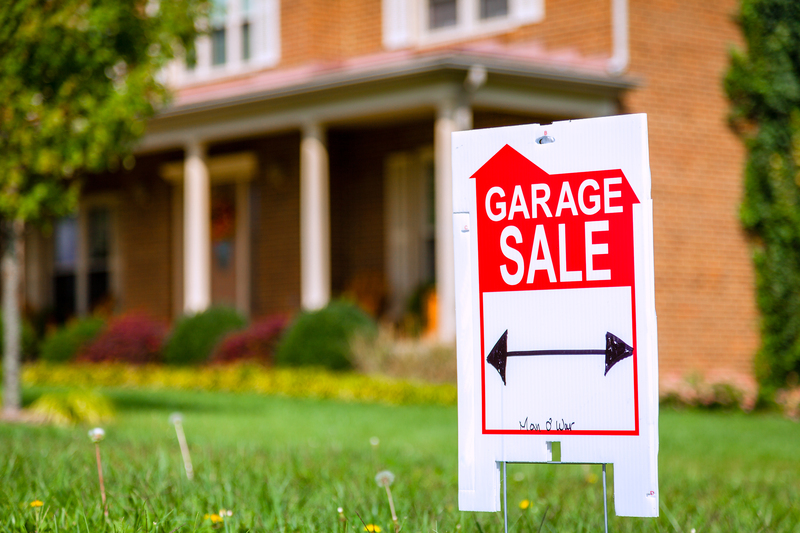Learn the Art of Living Plastic-Free: A Comprehensive Guide
Living plastic-free has transformed from a niche environmental idea to a global movement embraced by individuals, families, and communities. As the world becomes more conscious about health, sustainability, and the planet's future, discovering how to live without plastic is increasingly crucial. This article delves deep into the art of living plastic-free, providing essential tips, impactful statistics, and actionable steps to help you transition towards a more eco-friendly, low-waste lifestyle.

Why Aim for a Plastic-Free Lifestyle?
Every year, millions of tons of single-use plastics pollute our oceans, threaten wildlife, and even find their way into the human food chain. Learning to live plastic-free not only helps combat environmental pollution but also benefits personal health and often saves money.
Key Reasons to Embrace the Plastic-Free Journey:
- Environmental Preservation: Reducing plastic use helps decrease oceanic and terrestrial pollution.
- Healthier Living: Avoiding plastics lowers exposure to chemicals like BPA, phthalates, and microplastics.
- Supporting Sustainability: Choosing natural, reusable products supports ethical businesses and green innovations.
- Cost Savings: Shifting away from disposables often results in long-term financial benefits.
Understanding the Plastics Problem
Plastics, particularly single-use plastics, have become omnipresent--used in packaging, household goods, and personal care products. Most plastics are derived from fossil fuels, require centuries to decompose, and leach toxins into the environment as they break down.
Shocking Plastics Facts You Need to Know:
- Globally, we produce more than 380 million tons of plastic every year.
- By 2050, plastic in the oceans may outweigh all the fish.
- Only about 9% of all plastic ever made has been recycled.
- Microplastics have been found in 114 aquatic species and even in human organs.
Armed with this knowledge, the art of living without plastic becomes not just desirable, but necessary.
10 Steps for Living an Artful Plastic-Free Life
Transitioning to a plastic-free lifestyle doesn't require perfection overnight. Start with manageable changes and build momentum. Let's explore proven strategies to eliminate plastic from your life, one step at a time.
1. Assess Your Plastic Footprint
Begin your plastic-free journey by auditing your current plastic usage. Spend a week noting every plastic item you consume--packaging, bags, bottles, wrappers, etc. This audit will highlight your biggest sources of plastic waste and help you target key areas for change.
2. Swap Single-Use Plastics for Reusables
- Water Bottles: Invest in a durable stainless steel or glass water bottle.
- Shopping Bags: Replace plastic bags with cloth or jute alternatives.
- Food Storage: Opt for glass containers, beeswax wraps, or silicone bags instead of plastic wrap and bags.
- Coffee Cups: Carry your own reusable coffee cup to avoid disposable lids and cups.
3. Choose Plastic-Free Personal Care Products
The bathroom is often packed with plastic. Make greener choices by switching to:
- Bar soaps and shampoos instead of bottled products.
- Bamboo toothbrushes in place of plastic ones.
- Plastic-free deodorants, combs, and razors.
Look for products packaged in cardboard, glass, or metal, and support brands that commit to zero-waste packaging.
4. Shop Smart: Go Package-Free
The way we shop significantly impacts our plastic footprint:
- Buy fresh fruits and vegetables without plastic wrapping.
- Use your own reusable produce bags at grocery stores and farmers' markets.
- Shop at bulk stores where you can use your own containers for grains, nuts, and spices.
- Choose paper-wrapped or loose goods over plastic-packaged ones.
5. Dine the Plastic-Free Way
- Bring your own cutlery set and containers when eating out or ordering takeaway.
- Politely decline plastic straws, stirrers, and lids.
- Support restaurants and cafes that use compostable or reusable packaging.
6. Master Plastic-Free Food Storage and Cooking
An often-overlooked aspect of a zero-plastic lifestyle is how we store and prepare food:
- Store leftovers in glass jars or stainless steel tins.
- Freeze food in glass or silicone containers.
- Buy bread in paper bags or bake your own at home.
- Use wooden or metal kitchen tools instead of plastic ones.
7. Clean the Eco-Friendly Way
Most cleaning products come in plastic bottles and are laden with chemicals. Switch to:
- DIY cleaning solutions using vinegar, baking soda, and lemon juice in reusable bottles.
- Compostable sponges, wooden scrub brushes, and cloth rags.
- Concentrated cleaning products sold in glass bottles or refill stations.
8. Dress Responsibly
Did you know that washing synthetic clothes releases microplastics? To combat this:
- Choose natural fibers like cotton, wool, linen, and hemp.
- Buy fewer, higher-quality clothes to reduce waste.
- Use a microplastic filter bag or device in your washing machine if you must wash synthetic fabrics.
9. Involve Your Family and Friends
Making the switch to a plastic-free home is easiest when everyone's on board. Educate your loved ones, share practical tips, and help them see the massive impact of small switches.
10. Influence Your Community
- Encourage local businesses to reduce plastic packaging.
- Join "plastic-free challenges" or coastal cleanup projects.
- Support legislation and policies that restrict single-use plastics.
- Share your successes and struggles on social media to inspire others.
Challenges of Going Plastic-Free--and How to Overcome Them
Living a plastic-free lifestyle can be daunting due to convenience, cost, limited availability, and societal norms. Remember:
- Start small. Don't feel pressured to overhaul everything immediately.
- Be persistent. If you can't find a plastic-free alternative, choose the next best low-waste option.
- Leverage online communities. Connect with like-minded individuals for support and ideas.
- Praise progress. Every plastic-free action counts!
Top Plastic-Free Alternatives to Try Today
Transitioning to living without plastic is now easier than ever, thanks to innovative products and growing demand. Here are some popular swaps:
- Reusable shopping bags made from fabric, jute, or recycled materials.
- Metal, glass, or bamboo straws instead of single-use plastic ones.
- Compostable trash bags for kitchen and yard waste.
- Solid bar shampoos, conditioners, and lotions in cardboard or metal tins.
- Cloth diapers and wipes for babies, cutting out huge amounts of plastic waste.
- Menstrual cups and reusable pads for a plastic-free period.
- Refillable pens, razors, and lighters.
Plastic-Free Living: Tips for Every Room
- Kitchen: Avoid cling film, switch to beeswax wraps, choose glassware, and bulk buy pantry items.
- Bathroom: Use a bar soap, bamboo accessories, and toothpaste tablets.
- Laundry: Replace liquid detergents with powders or eco-strips in cardboard boxes.
- Bedroom: Pick cotton or linen bedding. Avoid synthetic throw pillows or blankets.
- Closet: Shop from brands that avoid plastic packaging and use natural fibers.
The Social and Environmental Impact of Living Plastic-Free
Opting for a plastic-free lifestyle is a powerful statement--one that influences change on a local and global scale. Your decisions signal demand for better manufacturing and packaging choices, inspire your community, and demonstrate practical solutions for a sustainable future.
Environmental Impact
- Significantly reduces landfill and ocean-bound waste.
- Minimizes carbon footprint associated with plastic production and transport.
- Supports wildlife preservation and biodiversity.
Social Impact
- Encourages sustainable business practices and local economies.
- Empowers individuals and families to take control of their health and finances.
- Sparks educational conversations and grassroots movements for policy change.

Plastic-Free Resources and Further Learning
Ready to deepen your journey? Explore these recommended resources:
- Plastic Pollution Coalition: Advocacy, education, and community.
- My Plastic-Free Life: Real-life tips from blogger Beth Terry.
- Zero Waste Home by Bea Johnson: Book and online tools for living waste-free.
- The Zero Waste Collective: Inspiration and resources for zero plastic living.
Conclusion: Make Every Day Plastic-Free
Learning the art of living plastic-free is a rewarding commitment to yourself, your family, and the planet. Each small choice--from your reusable bottle to your grocery habits--builds toward a cleaner, healthier world. Begin today. Start with one swap, share your journey, and together, we can create a future where plastic-free living is not just an art, but a way of life.
Ready for the challenge? Begin your journey now, and inspire others to embrace the art of living plastic-free--one sustainable swap at a time.